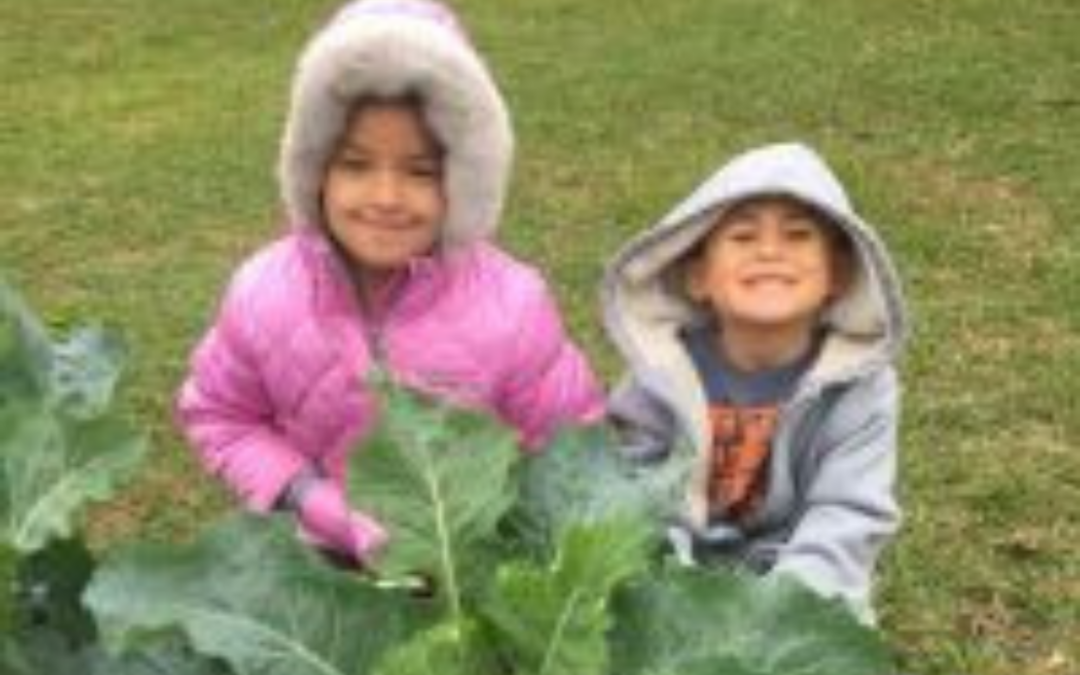By Robin Harkey
It was a sunny, idyllic afternoon when I visited kindergarten teacher Sandra Caltzonzin at Shields Elementary to witness her Grants for Great Ideas project “Planting Seeds for Success.” In August of 2019, she was selected as one of our grant winners receiving $1,240 to fulfill her dream of creating a new garden at her campus.
As I entered her classroom, I couldn’t help but breathe in the order, the comfort and the peace in a class of 18 precious 5-year-olds.
As classical music played in the background, one by one, many of the children chimed in with symphonic fashion throughout our visit. Proud of their work, each one was quick to show me their writing journals to receive the validation and attention they so desired. Some children were eager to give a hug or a compliment, adding further depth and meaning to my so-called structured agenda.
Mrs. Caltzonzin was a delight herself as we chatted about her love of all-things-gardening. When asked why she wanted to do this project, her eyes welled with tears, while saying, “It brings me closer to God.”
As we went on, her passionate eyes lit up as she explained that these kids are the “hope of the future.” A fact that she pointed out to her students when they planted Esperanza (translated “hope” in Spanish), also known as Yellow Bells (Tecoma stans) at the school’s entrance earlier that year. To Sandra, this garden is more than a collection of plants neatly arranged and marching to the beat of the sun and water. Her garden is an environment where kids can get excited about learning – the first step in getting them prepared for a life of meaningful work.
As we exited the classroom, I was greeted with three planter boxes of broccoli, cauliflower and cabbage. The students had also planted marigolds to help control insects or integrated pest management in fancier terms.
The cruciferous veggies were happy and healthy and a gorgeous deep, blue-gray-green. It was apparent that her secret ingredient of “Gardenville” compost was at the root of the success. Well, that and all those tiny green thumbs.
Sandra had started these small gardens on the campus as a result of the grant but will be adding more planters to engage not only the kindergarten classes but also the rest of the grades. As a scientist and teacher by trade and an experiential learner at heart, I love how the garden represents a multidisciplinary approach to education. Science: check. Nutrition: check. Math: check. Reading and writing: check. And we cannot forget the softer skills like empathy, sharing, and cooperation involved in what we now call social-emotional learning. When asked about the project, one child said that working in the garden made her “feel happy.” And I couldn’t agree more.
I think I will schedule another visit soon. The broccoli should be coming off first. Just in time for some broccoli cheese soup, or raw with ranch dip, and a few hugs from my new favorite kinder gardeners.

